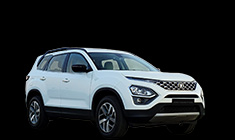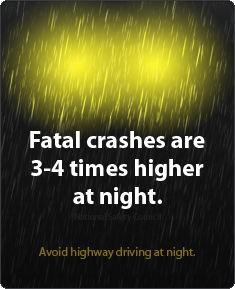News
NCAP safety ratings: What happens to cars after they are crash tested?
Are they sold off as new cars after getting repaired or do the companies keep them as a reference to make safer cars?
BHPian mgastor2022grey recently shared this with other enthusiasts.
Hey Friends,
We all know about the NCAP tests and star-rating provided to cars by them. But one thing has been racking up my mind for the past 2 days: What happens to these cars after they are tested?
I searched on Team-BHP - No answers. I searched on Google - No answers. So, I'm opening a new thread for this discussion.
My questions are:
- Will they be sold off as new cars after they are repaired?
- Will the non-damaged parts be used in future cars?
- Will the company have these cars as a reference to make safer cars?
Please throw some light on this, BHPians! Any response will be appreciated.
Here's what BHPian bijims had to say about the matter:
After a crash test, a car may be significantly damaged or even destroyed. The purpose of a crash test is to evaluate the safety of a vehicle in the event of a real-world collision, and the results are used to help improve the design and engineering of cars to make them safer for consumers. After the test, the cars are scrapped.
Even other test cars for that matter (like the camouflaged test mules you see on the road), are scrapped after the test runs are completed.
Here's what BHPian Turbohead had to say about the matter:
I don't know if they do, but the remains would be useful for the engineering team to compare how close their virtual crash model and analysis are compared to the real world.
There's no way manufacturers will bother fixing the car and selling it because that would require even more labour compared to what can be created in the factory.
Here's what BHPian Mr.Boss had to say about the matter:
Forget about NCAP testing, OEs build prototypes and production trial cars for several other testing and validation. Some are marked as saleable (when the car is made as per the final production spec, and used as a display vehicle or meeting certain protocols) and only those will be sold to market. These cars are just brand-new production cars that reach the dealership after a small detour (like display during launch events, journalist drives, etc).
Anything other than the saleable lot will be scrapped as per their internal policy and retention period.
Repairing or salvaging parts from these cars is not worthy for OEs for the below reasons.
- Not their nature of business (repair / resale)
- Performance couldn't be guaranteed (can't risk the brand image)
- Laborious job, consumes more time and cost than building and selling a new car
Here's what BHPian ron178 had to say about the matter:
Global NCAP once said it costs them more to ship Indian cars to the test lab in Germany than it does to buy and test them. There is no way they are shipped back to India and sold to customers.
Euro NCAP collects all post-test cars and presents them to industry representatives at an annual Manufacturers’ Viewing event in Brussels. Latin NCAP also sometimes joins them. After this, they are scrapped.
Here is a picture from their latest one:
Here's a quote from an article on Autocar UK
"Twice a year, all cars crash tested at Euro NCAP facilities are delivered to the Brussels headquarters so that car makers can scrutinise them. “We encourage them to share their insights,” says Avery. “However, we do ask them not to bring tools. Some have been known to take away parts of the cars for inspection.” So the crashed cars can never be repaired and returned to the road (yes, this has happened, although not with Euro NCAP cars), all of the wrecks are then crushed. For millions of drivers around the world, that sacrifice has not been in vain."
Check out BHPian comments for more insights and information.



















